Promoting Positive Transition Outcomes

Donald F. Moores, General Editor
Volume 1 Accountability-Based Reform
Volume 2 Partners in Education
Volume 3 Deaf Students and the Qualitative Similarity Hypothesis
Volume 4 Promoting Positive Transition Outcomes
Promoting Positive Transition Outcomes
Effective Planning for Deaf and Hard of Hearing Young Adults
Pamela Luft
Gallaudet University Press WASHINGTON, D.C.
Gallaudet University Press
Washington, DC 20002
http://gupress.gallaudet.edu
2016 by Gallaudet University
All rights reserved. Published 2016
Printed in the United States of America
Library of Congress Cataloging-in-Publication Data
Names: Luft, Pamela, author.
Title: Promoting positive transition outcomes : effective planning for deaf and hard of hearing young adults / Pamela Luft.
Description: Washington, DC : Gallaudet University Press, [2016] | Series: Deaf education series ; 4
Identifiers: LCCN 2015045466| ISBN 9781563686627 (hardback) | ISBN 9781563686634 (e-book)
Subjects: LCSH: Deaf students--Services for. | Hearing impaired students--Services for. | Deaf youth--Services for. | Educational counseling. | Vocational guidance. | BISAC: EDUCATION / Educational Policy & Reform / General. | SOCIAL SCIENCE / People with Disabilities.
Classification: LCC HV2435 .L84 2016 | DDC 371.91/273--dc23
LC record available at http://lccn.loc.gov/2015045466
 This paper meets the requirements of ANSI/NISO Z39.48-1992 (Permanence of Paper).
This paper meets the requirements of ANSI/NISO Z39.48-1992 (Permanence of Paper).
Contents
Overview of Challenges Facing DHH Young Adults
It seems that almost weekly, if not daily, there are news clips and blogs about new entrepreneurs with disabilities opening businesses. Many are owned and staffed by deaf people with careers such as financial advisors, clothing designers, tour operators, researchers, doctors, and veterinarians. These enterprises are not limited to just a few countries either, but represent employment opportunities opening up around the worldin Indonesia, Slovakia, Hungary, Egypt, and India, and the list keeps growing.
In many parts of the world today deaf people are much more frequently considered a regular part of community events and employment activities. Clearly, in a number of respects they have made tremendous gains over several hundred years through their involvement and activism. In a variety of countries they also have taken active roles as leaders and visionaries with remarkable new insights and ideas. In many cases, the struggles, perseverance, and hard work that led to their achievements have been more challenging than those typically faced by many similarly accomplished individualsand they have overcome significant obstacles in some cases. We can be grateful for, and appreciative of, these contributions that allow deaf and hard of hearing (DHH) children born today to expect to have far more access to, and more equitable, opportunities than ever before and life options that now are much more varied than in the past. These opportunities will continue to expand in new ways that one can only imagine at this point.
But this book does not just celebrate these and other accomplishments, it also addresses the challenges that remain in order to minimize obstacles. Not all DHH children will be able to access all of the opportunities that are open to their more typical peers. Limitations, barriers, and discriminatory attitudes remain among those with whom they will interact in the community, at school, and at work. We also need to prepare them to successfully deal with situations in which these barriers cannot easily be addressed. Some DHH children will face issues that cannot be resolved within the developmental timelines that would most enhance their potential for later success, and these issues will change in response to evolving societal circumstances and values: Each era presents its own particular challenges of equity and access.
This and the next chapter provide a historical review of educational and employment achievements of DHH people. This sets the stage for appreciating the many advancements that have occurred, sometimes with substantial improvements in only a few years, and others whose accomplishment has required much longer to bring about. The various historical-through-contemporary legislative and programmatic achievements are important, primarily when viewed in the context of societal circumstances within which they occurred. The longitudinal perspective these challenging situations presented, as well as the strategies that led to their attenuation, provide insights for current and future issues. In many areas of adult living, DHH individuals have not yet achieved the equal access and opportunity to pursue their goals. The fact that increasing numbers of DHH individuals are becoming successful entrepreneurs is notable only because, as a community, they have persevered through periods of significant restriction. The history of their accomplishments can reveal insights into the complexities of the challenges that remain, including the factors that prolong their existence and those that can result in their diminution. Beliefs about difference and deviance in society and the valuing or devaluing of DHH individuals tend to be deeply embedded in the core hierarchical structures that organize society; behaviors may be modified or superficially eliminated during certain eras, but deep-seated societal beliefs are difficult to change and require long-term efforts.
For DHH young adults approaching the age of transition, their preparation for adult roles and responsibilities should address the myriad activities involved in education and training, career, leisure and recreation, daily living skills, decision making, self-determination, and the additional skills essential to leading satisfying adult lives. This should be our goal regardless of local or societal limitations. In investigating the past in order to build a more positive future, few studies have examined areas beyond education and employment. The improvement in these areas represent significant achievements. More recent progress includes greater participation in the various community and other activities of adulthood, also broadening research efforts in these topics. Legislation and programming that more fully address these areas also are creating systematic means for evaluating students current status and planning outcomes.
This chapter reviews the key elements of transition services, describes the major educational developments, first in K12 and then in postsecondary education, and discusses developments in the Deaf community that have created opportunities made possible by transition services today. The DHH leaders and innovators across this history have made substantial contributions to the positive conditions of today, with several periods of quite substantial change and development that have led to the opportunities available DHH adolescents and adults.
Overview of Transition Services Definitions
Transition services are authorized and regulated by the Individuals with Disabilities Education Act, which was most recently revised in 2004 (IDEA, P.L. 108-446). These services are comprehensive across the full range of adult needs beyond academic preparation to include vocational education, functional academics, independent living, and community participation.
The term transition services means a coordinated set of activities for a child with a disability that:
Next page
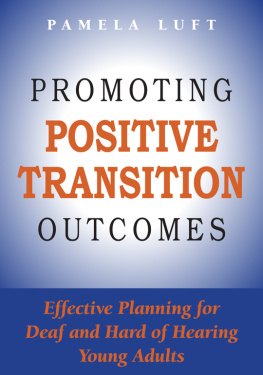
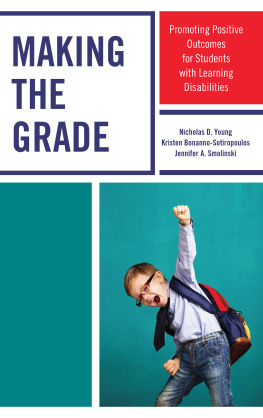

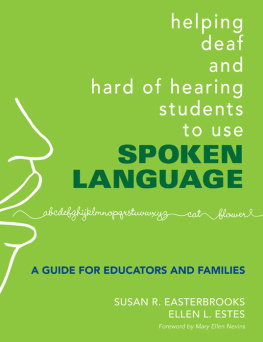
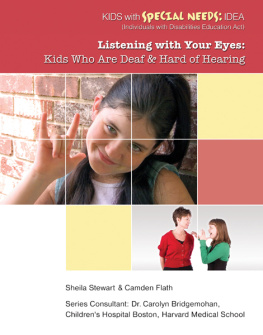

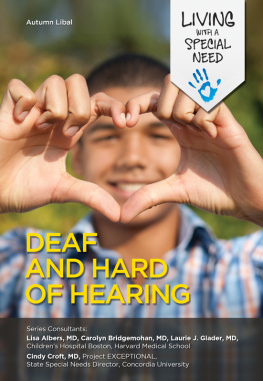
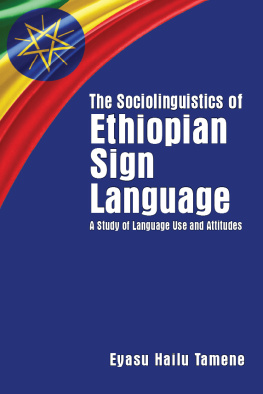

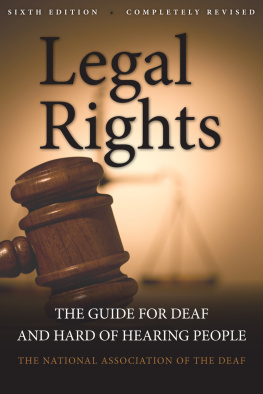
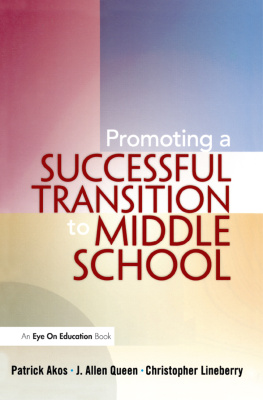

 This paper meets the requirements of ANSI/NISO Z39.48-1992 (Permanence of Paper).
This paper meets the requirements of ANSI/NISO Z39.48-1992 (Permanence of Paper).